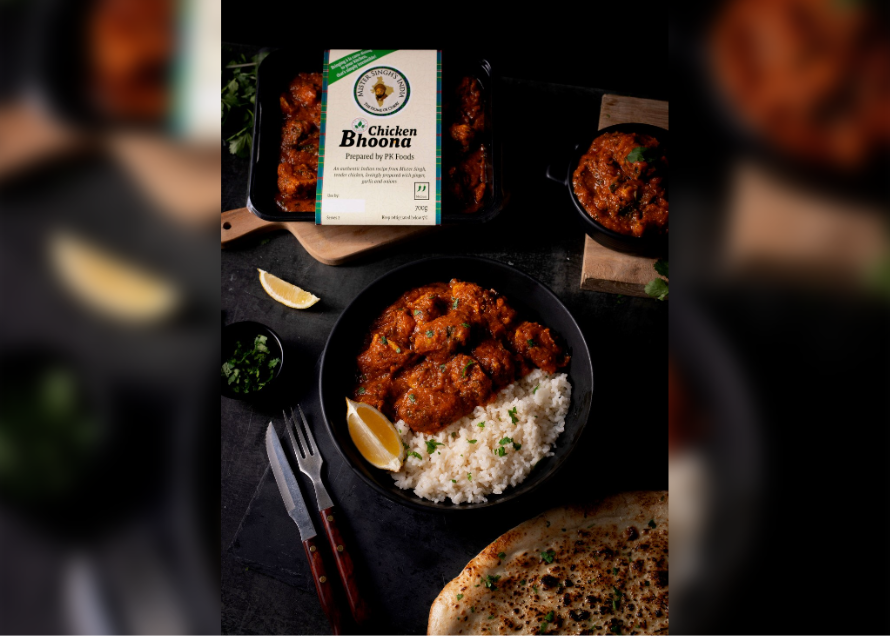NEW season lamb prices have made a firm start to the season as lambs have been slow to reach markets and abattoirs, according to the latest market commentary from Quality Meat Scotland (QMS).
At Scottish marts, according to data from IAAS, prices for new season lambs have been making around 350p/kg lwt in mid-May, up about 10% on the year, and by around 25% on the five-year average. Meanwhile, GB deadweight prices reported by AHDB traded at 727p/kg dwt for R3L grades in the second week of May.
Across GB, data from LAA and IAAS showed that the number of new season lambs traded in the four weeks to May 10 fell by nearly 25% compared to the same period in 2022. At the same time as a slow build in new season supplies, hogg availability has fallen back from its peak at Ramadan and Easter, limiting the total number of prime sheep on the market. While hogg prices have cooled since Easter, they have still been averaging around 5% higher than year-earlier levels at Scottish marts in mid-May.
Iain Macdonald, Market Intelligence Manager at QMS, said: “It has been an interesting start to 2023 for the lamb trade, with prices subdued through January and February, back at pre-covid levels for the time of year, before a strong uplift through March and the first half of April took market prices back towards the highs of spring 2021, supported by seasonal demand from Ramadan and Easter.
“While data from Kantar pointed to a softening of consumer demand at the beginning of 2023 after a firm Christmas, this changed over the Easter period, with sales volumes exceeding year earlier levels. While lamb remained an expensive protein, on average, it is possible that it was viewed as a seasonal treat, supporting demand at Christmas and Easter. Cool spring weather may also have helped sales over the Easter period, with leg roasts the most popular cut at this time of year.”
As well as a firm period for domestic demand, HMRC figures on UK export sales point to a strong month in March. Volumes reached a ten-year high for the month and surpassed year earlier levels by 30%. While some of this will reflect that Ramadan began in March rather than April this year, and that Easter fell a week earlier, on the first full weekend of April, export volumes still showed an overall rise of 22% year-on-year in the first quarter, signalling a generally firm start to the year.
Iain added: “Through April and into May, prices paid for GB lamb carcases at Rungis market in Paris have held firm, suggesting that export demand remains robust.”
As well as increased exports removing additional supply from the domestic market in 2023, HMRC figures also show that import levels have been weak. This downward pressure on imports began in the final quarter of 2022, where volumes slumped to a record low for the century, 18% lower than in late-2021 and down more than half on pre-2020 levels. In Q1 2023, although they did lift seasonally compared to late-2022, import volumes still fell by 32.5% year-on-year.
Iain said: “This decline matched reports from New Zealand that its export sales to the UK had been sluggish in the run up to Easter, with its processors targeting the EU, US and China ahead of the UK. HMRC figures show volumes arriving from New Zealand contracted by 29% from a year earlier in the January to March period. In addition, imports from Australia nearly halved, and the decline from the Irish Republic was 29%.”
While Defra figures show that total UK sheepmeat production rose by nearly 4% year-on-year in Q1 2023, the combination of higher exports and lower imports more than offset this, reducing total UK market supply by around 9% compared to 2022. Combined with the lift in domestic demand at Easter and Ramadan, this shortfall in supply is likely to have supported market prices.
Iain said: “Turning focus back to the outlook for the new season, anecdotal evidence has pointed to the slow arrival of new season lambs south of the border being a reflection of poor ewe condition in autumn 2022 due to the combination of drought in southern England plus reduced supplementary feeding due to high feed costs. However, the Sheep and Goat Inventory for England did highlight a 2.5% lift in the breeding flock in December 2022 from a year earlier, so it is possible that the lamb crop will have ended up at a similar level to last year, even with a slightly reduced lambing rate.”
Meanwhile, in Scotland, the slow arrival of new season lambs could reflect the impact of a cool spring on grass growth, with the potential for availability to catch up quickly following some warmer weather in May.
Iain said: “However, it is very early to be making an assessment of numbers coming forward at markets in Scotland given the generally later marketing pattern compared to England and Wales. Though, if we look to the December Sheep and Goat Inventory results for Scotland, the female breeding flock did continue to show a slight downwards trend, falling by 0.7% year-on-year. This suggests that an increased lambing rate would be required to deliver the same number of lambs as in 2022.
“With Islamic festivals moving forward in the calendar each year, Eid al-Adha celebrations are set to begin on June 28 this year. Given that June is when seasonal supplies are around their lowest of the year, the slow arrival of lambs this season could result in a very tight market in mid-to-late June.”
































